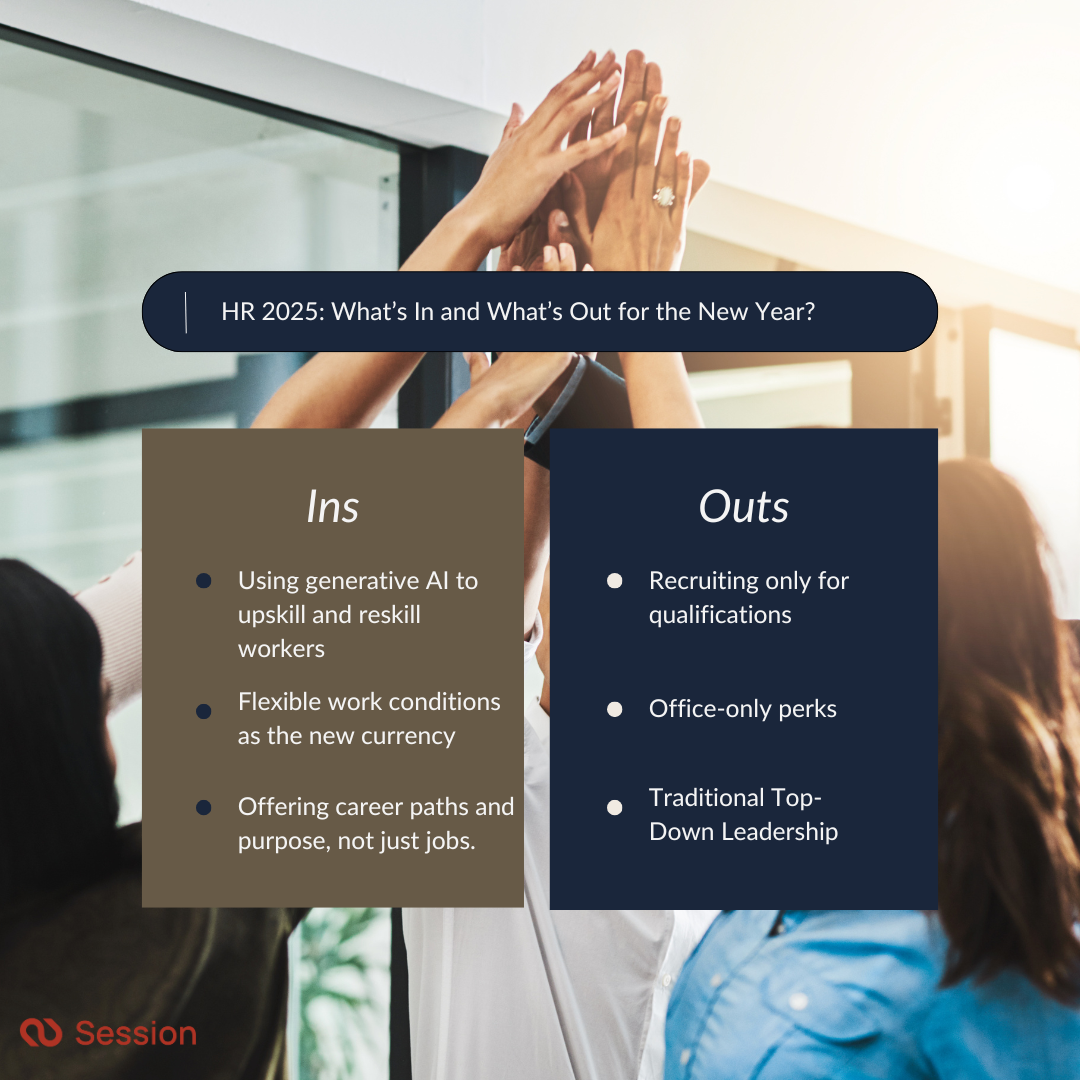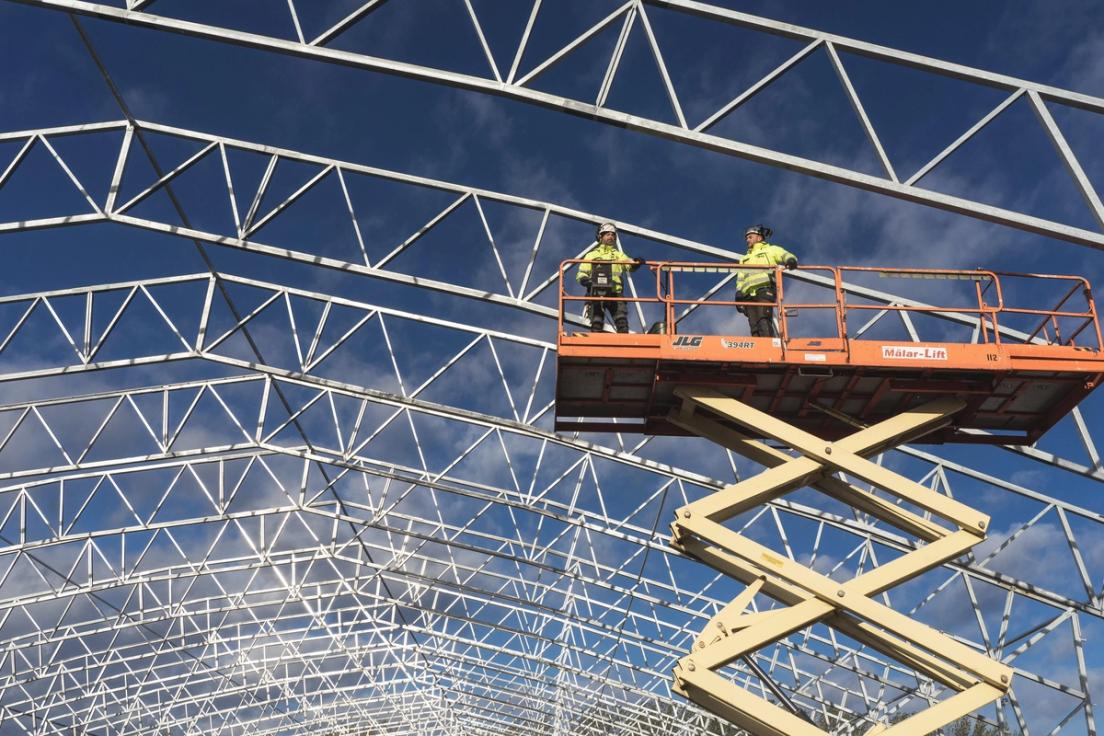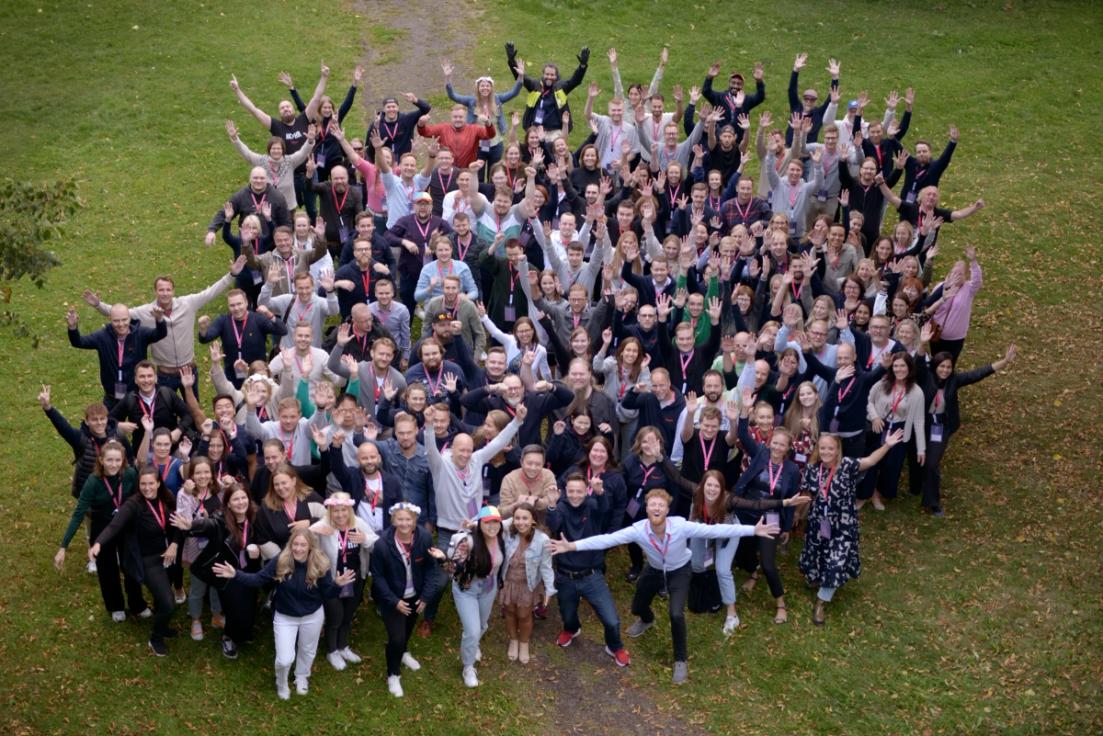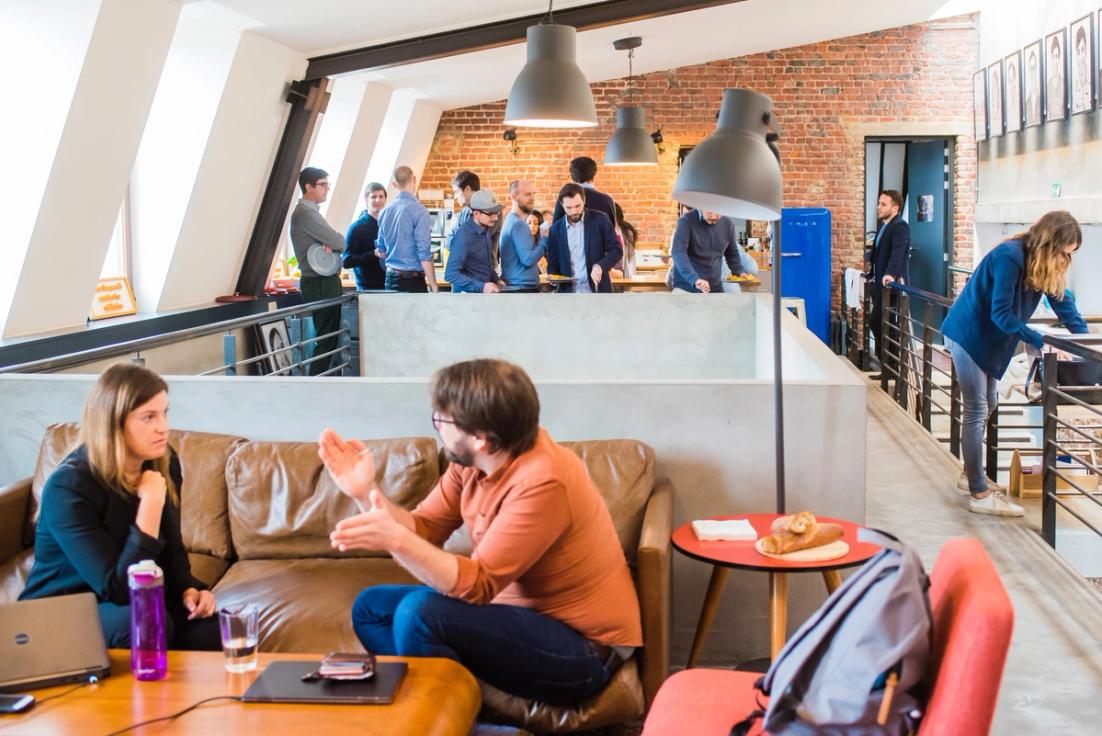The role of HR is evolving faster than ever, shifting from traditional administrative functions to becoming the architects of workplace culture. In 2025, the focus is sharper, the expectations higher, and the trends bolder. Forget outdated office perks and rigid hierarchies; the new HR is all about emphasising the importance of real connection, wellbeing, and creating a sense of belonging. In this article, we’re addressing the trends reshaping HR departments and workplace culture. Ready to find out if your company is ahead of the curve or stuck in 2015? Let’s dive in.

In: Using generative AI to upskill and reskill workers.
Generative AI is no longer just a futuristic buzzword; it’s a transformative tool that HR departments can no longer afford to ignore. In 2025, the workplace landscape demands adaptability, and employees who are both upskilled in emerging technologies and reskilled for new roles will be pivotal for business success. Generative AI steps in as a game-changer, offering personalized and cost-effective training solutions.
AI driven platforms are changing the game for employee training, allowing companies to create personalized learning paths that address specific skill gaps while staying on top of industry trends. Whether it’s coding, content creation, or advanced problem-solving, generative AI can bring training to life by simulating real-world scenarios, offering instant feedback, and adapting as employees learn. Ultimately, this is making old-school training methods feel like a thing of the past.
Out: Recruiting only for qualifications.
Hiring solely based on degrees and resumes is being replaced by prioritizing skills, adaptability, and potential. While qualifications can provide a baseline, they often fail to capture the full picture of a candidate's potential. In a rapidly changing world, adaptability, creativity, and problem-solving skills have become vital, and these qualities rarely fit neatly onto a piece of paper.
Modern industries are moving toward a skills-first hiring approach emphasizing what candidates can do rather than where they studied or how polished their resumes look. This approach widens the talent pool, allowing companies to tap into a more diverse range of candidates, including those who’ve gained their experience through more unconventional paths like freelancing or self-taught learning.
In: Flexible work conditions as the new currency.
In 2025, flexibility isn’t just a perk; it’s what many are placing an increasing amount of value on. Employees are looking for roles that align with their lives, offering balance and adaptability. From “work from anywhere” policies to schedules tailored to individual productivity, the focus is on creating harmony without compromising results. Companies that embrace this evolution will retain top talent, while those that resist will risk being left behind (and left!).
Out: Office-only perks.
Free coffee and ping-pong tables won’t cut it anymore; meaningful benefits that support life inside and outside work are in. As the workplace evolves, so do employee expectations. The once popular office perks like free coffee, snacks, or a ping-pong table simply don’t meet the deeper needs of today’s workforce. Employees are now looking for benefits that enhance their well-being, flexibility, and personal lives. In a world where work-life balance and mental health is prioritized, perks need to go beyond the office walls to include things like mental health support, flexible work hours, wellness programs, and opportunities for personal growth.
In: Offering career paths and purpose, not just jobs.
Employees are looking for purpose as well as clear career progression in their jobs. In 2025, employees are seeking more than just a paycheck; they desire roles that offer clear pathways for their growth and development. A recent survey indicates that 94% of employees would stay longer at a company if it invested in their career development. Additionally, recent studies indicate that Gen Z is shifting away from viewing work as a "job for life". Instead, they prioritize a supportive employer who offers growth opportunities over time. This generation seeks long-term development and alignment with their personal values.
This underscores the importance of providing mentorship programs, skill-building opportunities, opportunities to work with a professional business coach, and transparent progression plans. Companies that prioritize these key elements are more likely to both attract and retain top talent, providing a motivated and committed workforce.
Out: Traditional Top-Down Leadership.
The hierarchical leadership model is losing relevance. Traditional top-down leadership, where the decision making power rests solely with the individuals at the top with C-Suite positions, leaves little room for innovation, creativity, or shared responsibility for employees. This approach also can create a culture of fear and lack of psychological safety, where employees are hesitant to make decisions without approval, hindering their opportunity for growth. Employers are increasingly expecting their leaders to empower their teams, creating an environment where innovation can flourish.
By providing room for creativity and innovation, companies can cultivate a more motivated workforce, better equipped to navigate the complexities of today's business landscape and meet the ever-changing requirements from an ever-changing world.
Conclusion
As we look ahead, it’s clear that HR has become a driving force in shaping the future of work. Companies that embrace these trends; leveraging technology, fostering adaptability, and prioritizing meaningful employee experiences will not only attract top talent but create workplaces where teams can thrive and grow. The shift toward flexibility, purpose-driven roles, and inclusive leadership is no longer optional; it’s essential for staying competitive in a rapidly evolving landscape. The future of work is already unfolding, how will your organization adapt?












